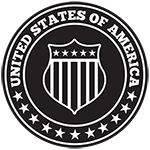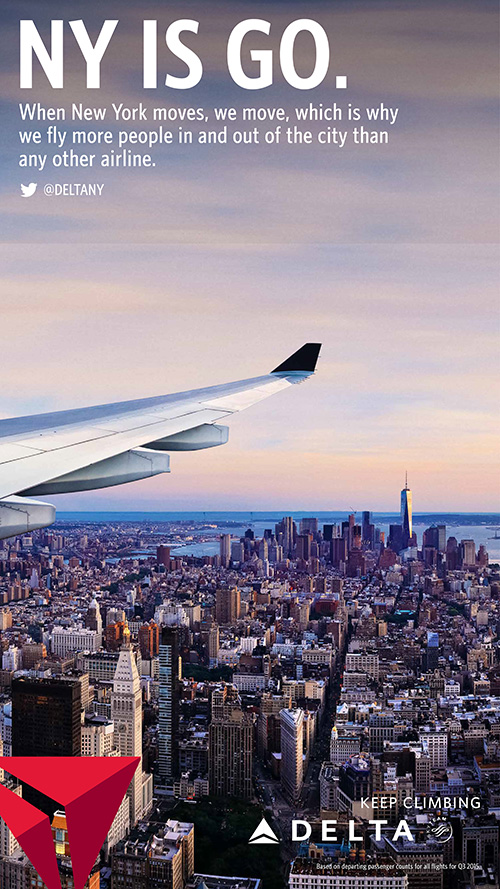The intersection of artificial intelligence and graphic design is rapidly reshaping the creative landscape, opening new doors while posing fresh challenges for designers worldwide. Heer Mandalia, a seasoned graphic designer currently at NBCUniversal, stands at the forefront of this transformation. Drawing on over thirteen years of creative experience—six of those in professional roles spanning branding, digital, and print design—Heer Mandalia offers valuable guidance to designers seeking to thrive amidst the rise of AI technologies.
From her humble beginnings discovering photography at sixteen with an iPhone 4 and a family digital camera, Heer’s journey epitomizes a lifelong curiosity and adaptability—qualities crucial in the swiftly evolving AI era. Beginning with a foundation in photography, Heer Mandalia expanded into graphic design, where her passion for creating impactful visual narratives solidified. Today, as a key designer for NBCUniversal, Heer develops advertising campaigns for market-leading brands like BMW, Uber Eats, Audible, and Target, bridging creative vision with business objectives in a digitally intensified world.
Here, Heer Mandalia shares her top four tips for graphic designers intent on leveraging AI as a tool for innovation rather than a threat to their craft.
- Embrace AI as a Collaborative Partner, not a Replacement
One of Heer’s foundational beliefs is that AI should be harnessed as an augmentative tool—one that enhances human creativity instead of replacing it. “AI can handle tedious tasks like resizing, generating variations, or even preliminary concept ideation, which frees up time for designers to focus on the conceptual depth and emotional impact of the work,” she explains.
For Heer Mandalia, this means integrating AI-driven software to quickly prototype layouts or generate initial palettes, then applying human judgment and intuition to refine ideas. “Think of AI as your creative assistant. It can accelerate workflows but still relies on your unique vision and critical thinking to make a design truly resonate.”
She encourages designers to educate themselves on current AI design tools but maintain confidence in their own creative sensibilities while viewing AI as a resource to be consciously managed.
- Prioritize Storytelling and Authenticity
In an age where AI can generate vast amounts of content rapidly, authentic storytelling stands out as a designer’s most valuable asset. Heer Mandalia underscores that while AI can generate designs, it cannot replicate the nuanced cultural insight, personal experiences, and emotional intelligence that human creators bring to a project.
“Brands and audiences crave connection, and great design tells a story that feels human,” Heer Mandalia shares. Her own work—whether crafting branding for large-scale campaigns or personal projects—deliberately incorporates narrative layers informed by cultural heritage, lived experience, and attention to detail. This authenticity differentiates work in a crowded digital ecosystem increasingly saturated with AI-generated outputs.
She advises designers to deepen their research, engage with clients’ stories, and infuse empathy into their designs to ensure their work remains impactful and meaningful.
- Keep Experimenting and Learning
Heer’s career path—from agency roles at KCSA and MOD to her current position developing campaigns at NBCUniversal—reflects a continuous pursuit of growth and experimentation. “Curiosity is the fuel for adaptation,” she notes. In the AI age, this is more pertinent than ever.
She urges designers not to shy away from personal projects, side explorations, or learning new digital tools. Heer’s personal creative life—thrifting art, photographing window frames, experimenting in the kitchen, and styling outfits—feeds into her professional practice, exemplifying a holistic creative approach that nurtures innovation.
“AI is an evolving field. Staying curious, trying out new features, collaborating across disciplines, and embracing a mindset of lifelong learning will keep your skills fresh and relevant.”
- Combine Data-Driven Insights with Creative Intuition
A unique advantage of AI in advertising design is its ability to analyze vast datasets and user behaviors, helping brands tailor content effectively. Heer highlights that designers who can interpret these insights while integrating their own creative intuition will drive the most successful campaigns.
“At NBCUniversal, much of my work involves advertisements targeted at specific viewers on Peacock,” she explains. “Data informs the campaign strategies, but the storytelling, visual tone, and user experience must be carefully designed to connect emotionally and stand out.”
She counsels designers to become conversant with basic data analytics and client metrics, merging this knowledge with their artistry to create designs that perform as well as they inspire.
Heer Mandalia’s journey—from a curious teenager exploring photography to a professional shaping global advertising campaigns—is a testament to the power of curiosity, authenticity, and adaptability in a world transformed by AI. For graphic designers today, her advice is clear: embrace AI as a tool, deepen your storytelling, remain curious, and balance creativity with data insights.
In doing so, designers can not only survive but thrive in the AI era, producing work that honors the integrity of human creativity while leveraging the immense possibilities technology offers.
About Heer Mandalia: She is a graphic designer specializing in branding, digital design, and print media, with over thirteen years of creative experience, including six years in professional design roles. Originally from India, Heer’s journey into the creative arts began at the age of sixteen with a burgeoning interest in photography, capturing images with an iPhone 4 and a family digital camera. This early curiosity laid the foundation for a lifelong passion for visual storytelling and design.
Heer pursued formal education in graphic design, which expanded her ability to express ideas through various mediums and led her into the world of branding and advertising. Her professional career includes significant tenures at prominent agencies such as KCSA and MOD. At KCSA, she played an instrumental role in the firm’s rebranding efforts, helping to align the agency’s identity with its longstanding reputation as an entrepreneurial powerhouse in New York City’s communications landscape. These roles allowed Heer to refine her skills across multiple design contexts, including investor relations, public communications, and digital media.
Since June 2024, Heer has been a graphic designer at NBCUniversal, where she focuses on developing advertising products for Peacock, the company’s streaming platform. She has contributed to campaigns for major brands such as BMW, Uber Eats, Audible, DoorDash, Dunkin’, Target, IKEA, American Express, and Ford. Beyond creative execution, Heer also supports strategic initiatives by developing Requests for Proposals (RFPs) to secure new advertising partnerships. Her versatility is further evidenced by her involvement in high-profile NBCUniversal events, including CES 2025 and Symphony 2024, where she designed banners, invitations, signage, glass decals, and billboards for large-scale presentations.
Heer’s design ethos is characterized by a deep curiosity, which drives her to experiment and engage with personal creative projects alongside her professional work. Outside the studio, she pursues various creative outlets such as thrifting art, traveling, experimenting with culinary arts, styling daily outfits, and photographing windows, highlighting her multifaceted approach to visual aesthetics.
Her work embodies a synthesis of technical precision and cultural storytelling, influenced by her background and ongoing commitment to exploring how design shapes perception and experience. Heer remains passionate about leveraging design as a transformative tool that is both strategic and deeply human, blending innovation with tradition.
Heer Mandalia is based in New York City, where she continues to evolve her design practice, contributing meaningfully to the vibrant intersections of art, media, and commerce.
Read the full interview on the prestigious art magazine New York Art Life.






